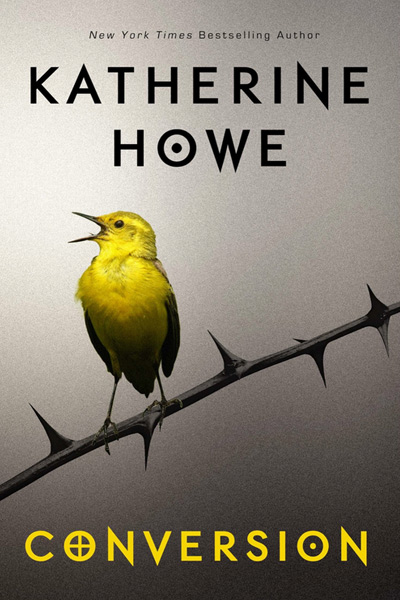The Fall Dares To Out-Haunt Poe, And Three Other YA Retellings of Classics
 As long as there are English classes and mandatory curricula, our teen years will be spent reading more classic literature than we will at any other point in our lives. It makes sense, then, that young adult novelists have found a way to entertain readers with new riffs on the stories they’ve studied, loved, and analyzed to death. Even if you haven’t read the classic works on which these new books are based, you’ll be able to appreciate their timeless plots, themes, and characters, proven ground upon which fresh stories can flourish. Here are some recent releases with classic pedigrees—just don’t try reading them in lieu of the real thing if you’ve got a test coming up!
As long as there are English classes and mandatory curricula, our teen years will be spent reading more classic literature than we will at any other point in our lives. It makes sense, then, that young adult novelists have found a way to entertain readers with new riffs on the stories they’ve studied, loved, and analyzed to death. Even if you haven’t read the classic works on which these new books are based, you’ll be able to appreciate their timeless plots, themes, and characters, proven ground upon which fresh stories can flourish. Here are some recent releases with classic pedigrees—just don’t try reading them in lieu of the real thing if you’ve got a test coming up!
The Fall, by Bethany Griffin (Based on “The Fall of the House of Usher,” by Edgar Allan Poe
The original story: A man goes to stay at the haunted home of his ailing former school friend, Roderick. While there, Roderick’s sister Madeline apparently dies of a mysterious illness, and they bury her…only to find a wicked surprise a few days later.
Griffin’s take: The same characters and setting, only told by Madeline, jumping back and forth in time through her and Roderick’s childhood, as she communicates with the cursed house, Roderick gets sent away to school, and she gets buried alive in the family tomb. Nobody can out-spook Poe, but The Fall is still skin-crawlingly scary. And if you like Griffin’s style, pick up her two-book Mask of the Red Death series, which places another Poe story into a postapocalyptic modern setting. (Then again, these days, maybe we shouldn’t be reading any fictional accounts of plagues.)
Great, by Sara Benincasa (Based on The Great Gatsby, by F. Scott Fitzgerald)
The original: (Like we have to tell you.) In a nutshell, young stockbroker Nick rents a house on Long Island, next to notorious party-thrower and self-made man Gatsby, who is still pining for his now-married love, Daisy, coincidentally Nick’s cousin. Tragedy ensues.
Benincasa’s take: While summering in the Hamptons with her mom, Naomi befriends her Internet-fashion wunderkind neighbor Jacinta, who is really interested in Naomi’s friend Delilah. The gender switching and modern setting provide an entertaining twist and a fresh story without displacing the original in our hearts.
Conversion, by Katherine Howe (Based on The Crucible, by Arthur Miller)
The original: After Puritan girls from Salem, Massachusetts, are caught dancing in a forest with a slave girl, one falls into a coma. Accusations of communing with the devil and practicing witchcraft fly, and though a man who had an affair with one of the girls knows they’re frauds, he acts too late to set things right.
Howe’s take: Modern-day high school senior Colleen starts doing research on the Salem witch trials and The Crucible after girls in her class begin having seizures and other odd symptoms. In between chapters from Colleen’s perspective are interludes from 1706, when a girl named Ann has a confession to make. With both stories moving along parallel to each other, the novel avoids readers predicting whether it will end like the original.
Prom and Prejudice, by Elizabeth Eulberg (Based on Pride and Prejudice, by Jane Austen)
The original: Lizzie Bennet is one of five daughters whose parents are desperate to marry them off to a rich young gentlemen who is staying in town. Lizzie clashes with his friend, the standoffish Mr. Darcy, but it’s all just a prelude to true love.
Eulberg’s take: It’s brave to reimagine this favorite, especially after Bridget Jones’ Diary, but a private high school seems like the perfect place for a modern-day Darcy and Lizzie to butt heads. And who needs marriage when you have prom to contend with?
What’s your favorite reimagined classic?